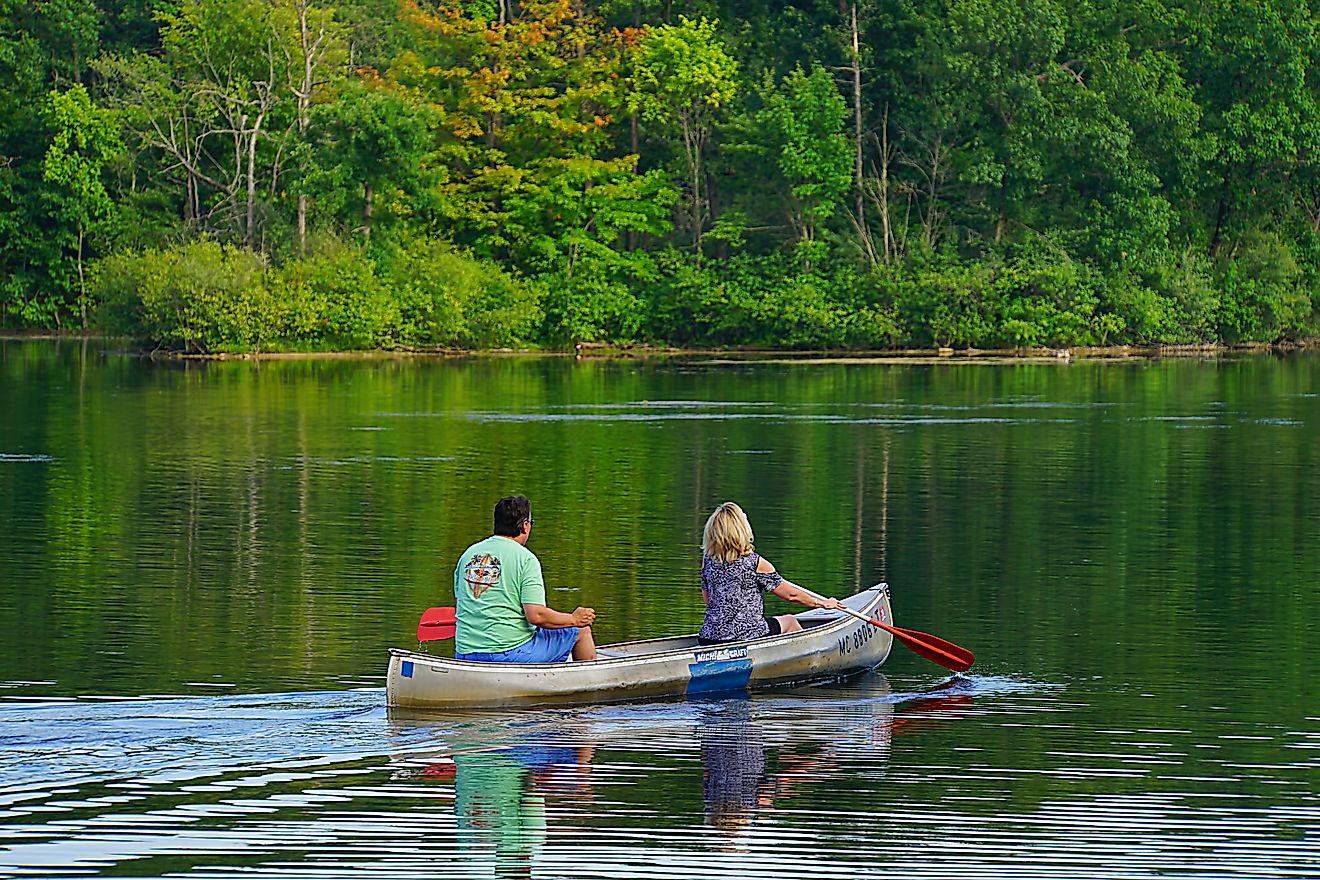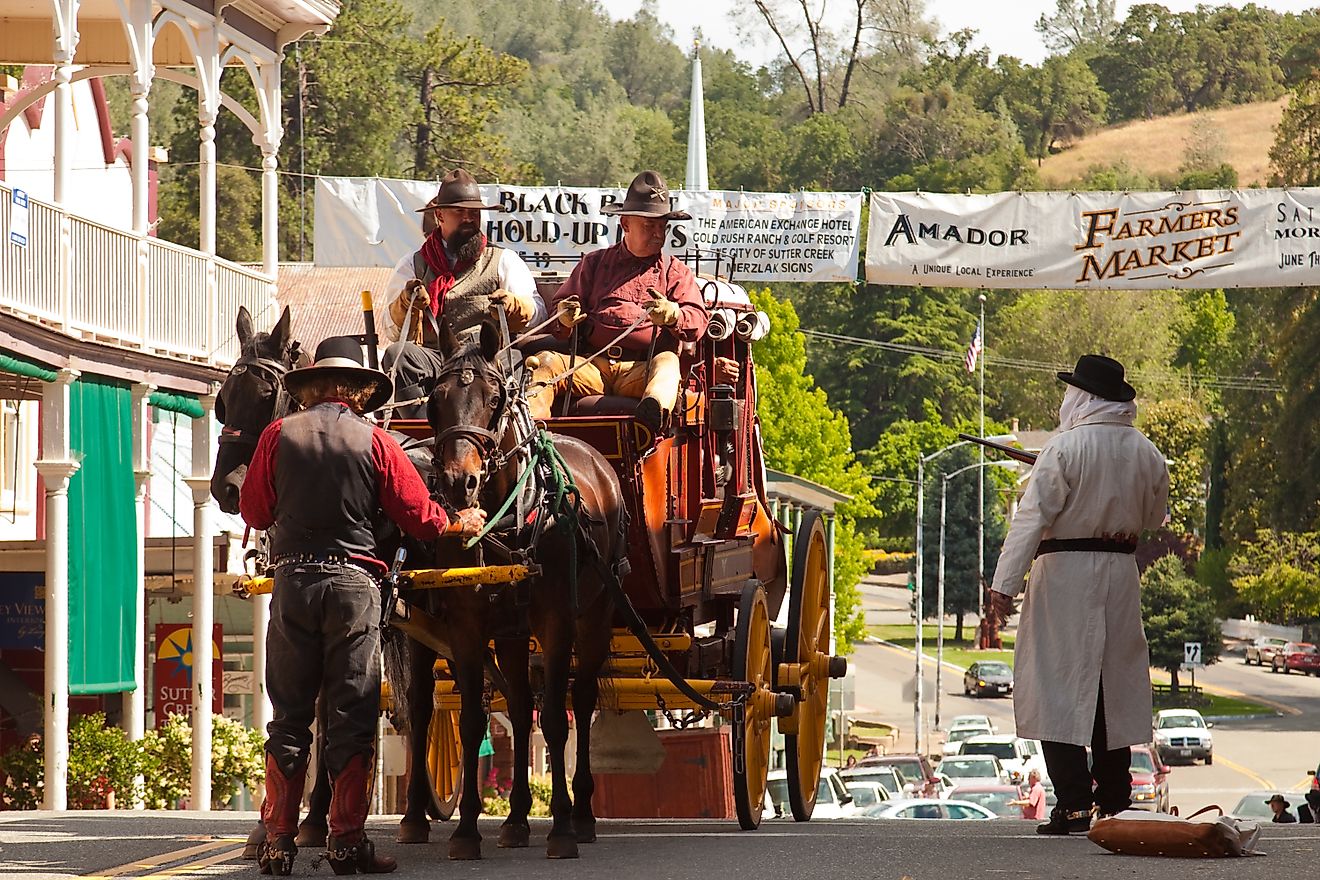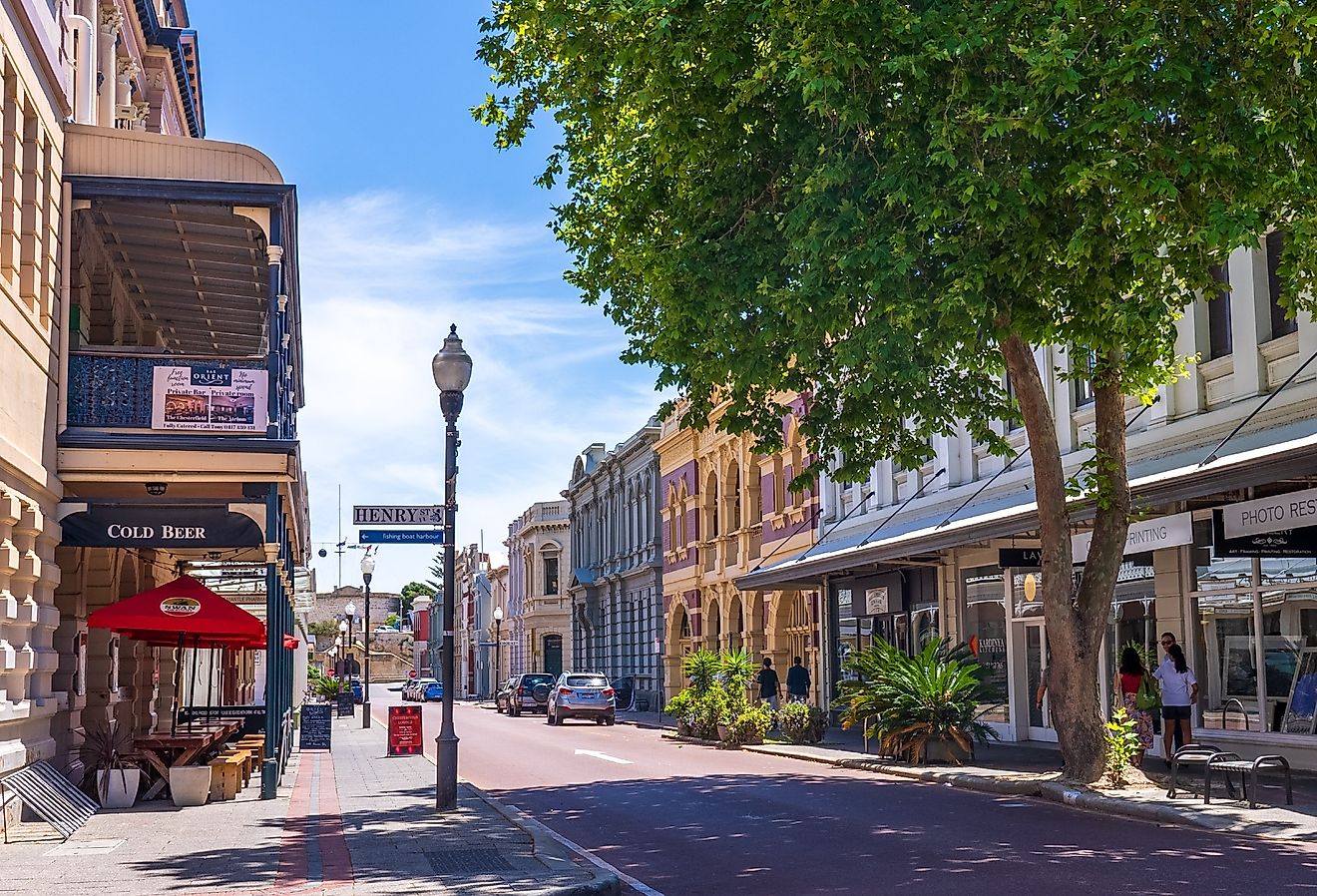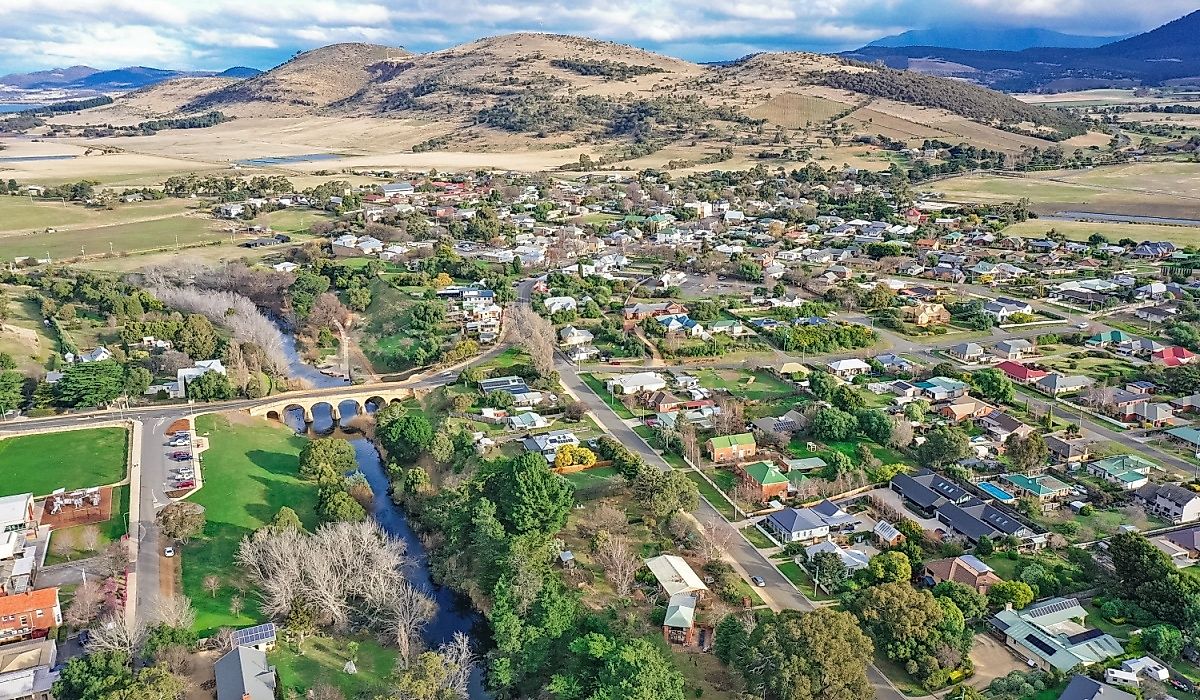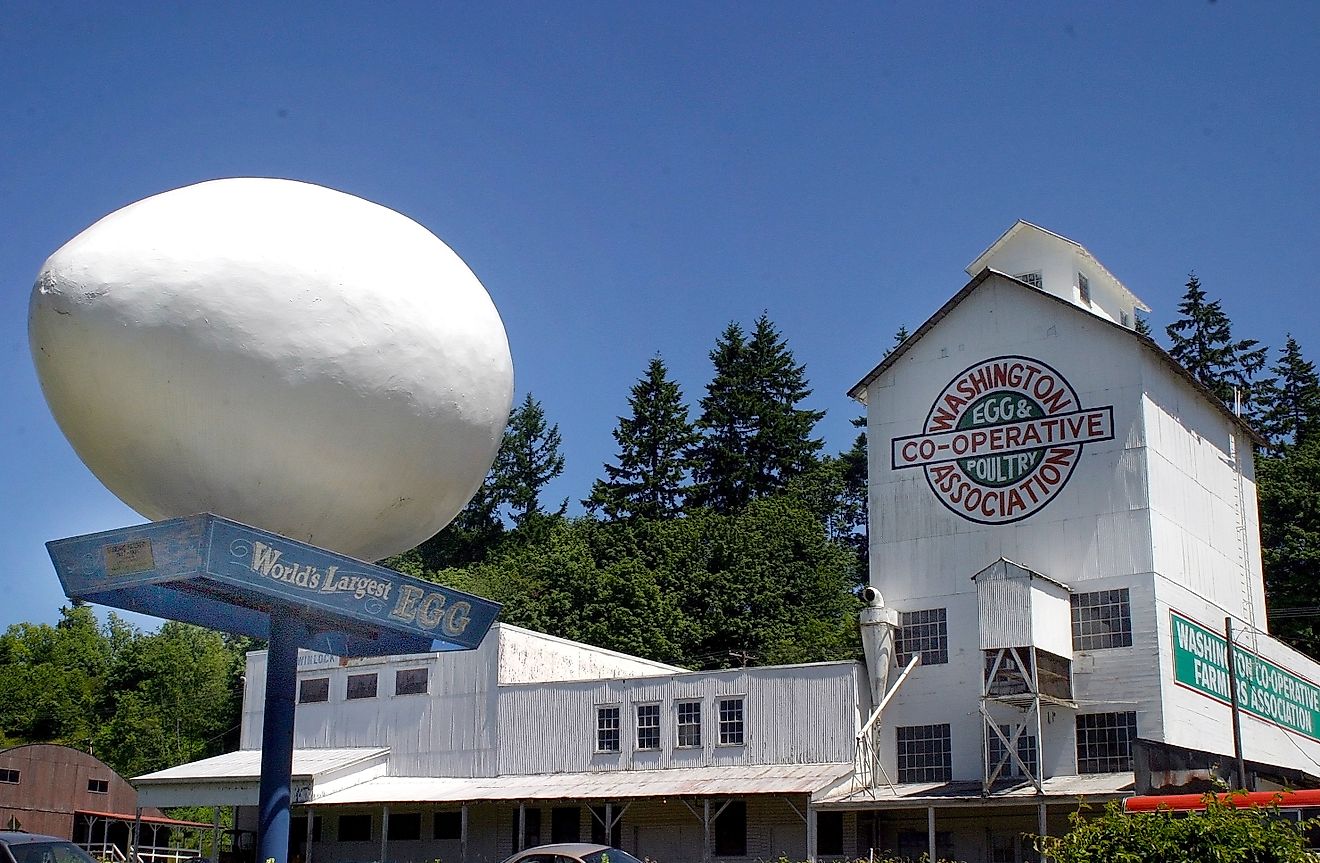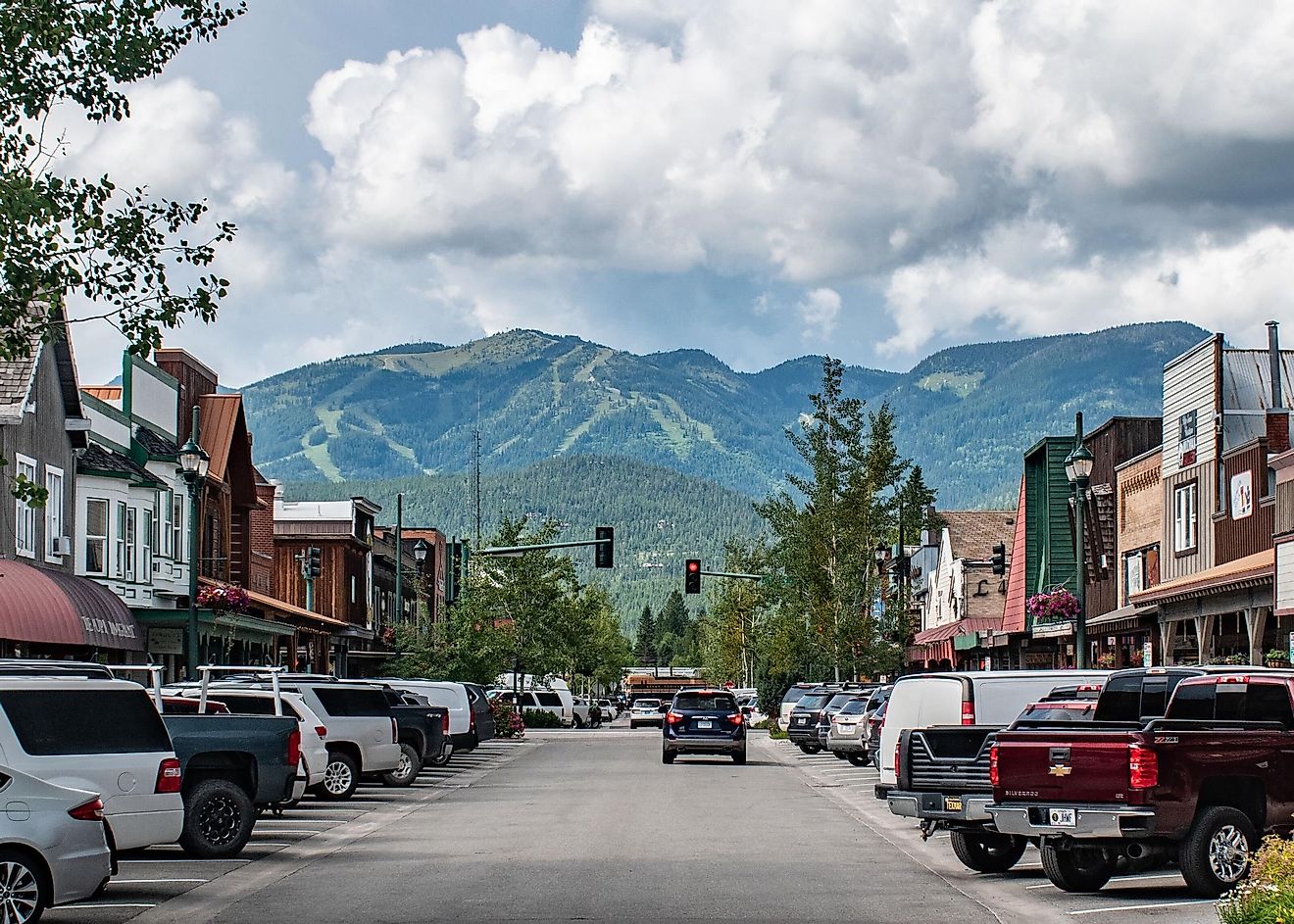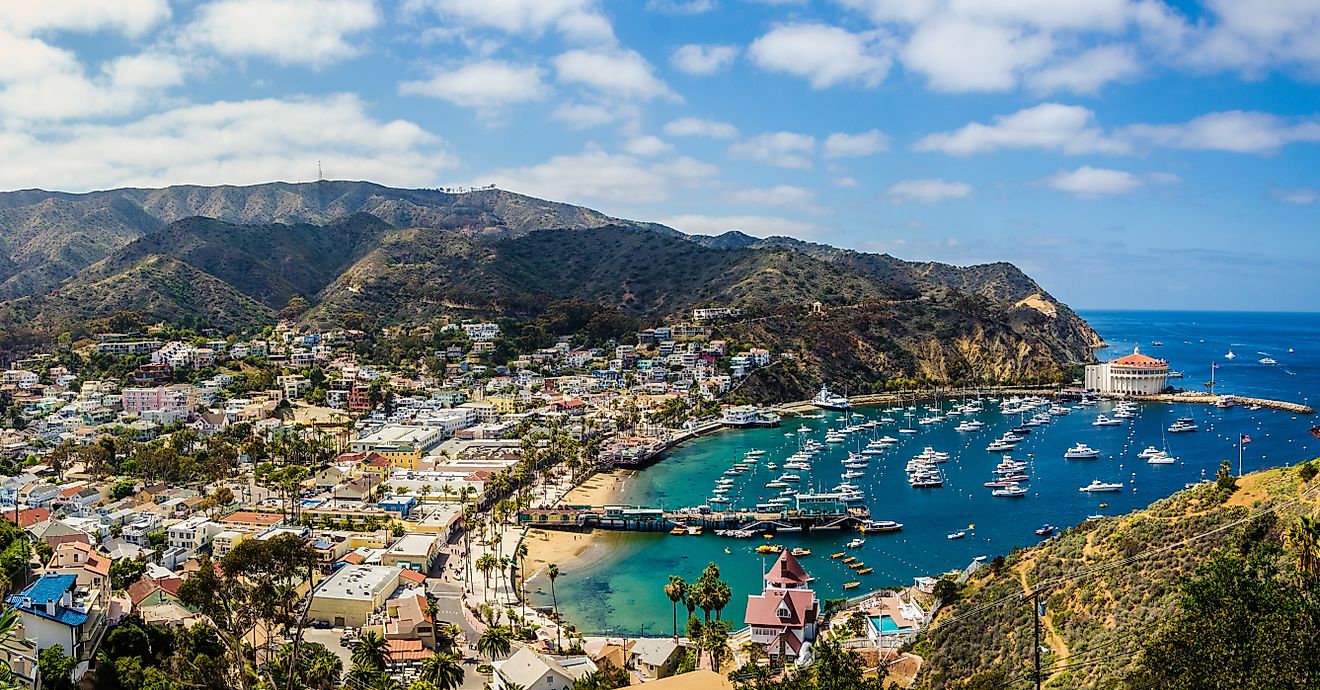Maps of New South Wales
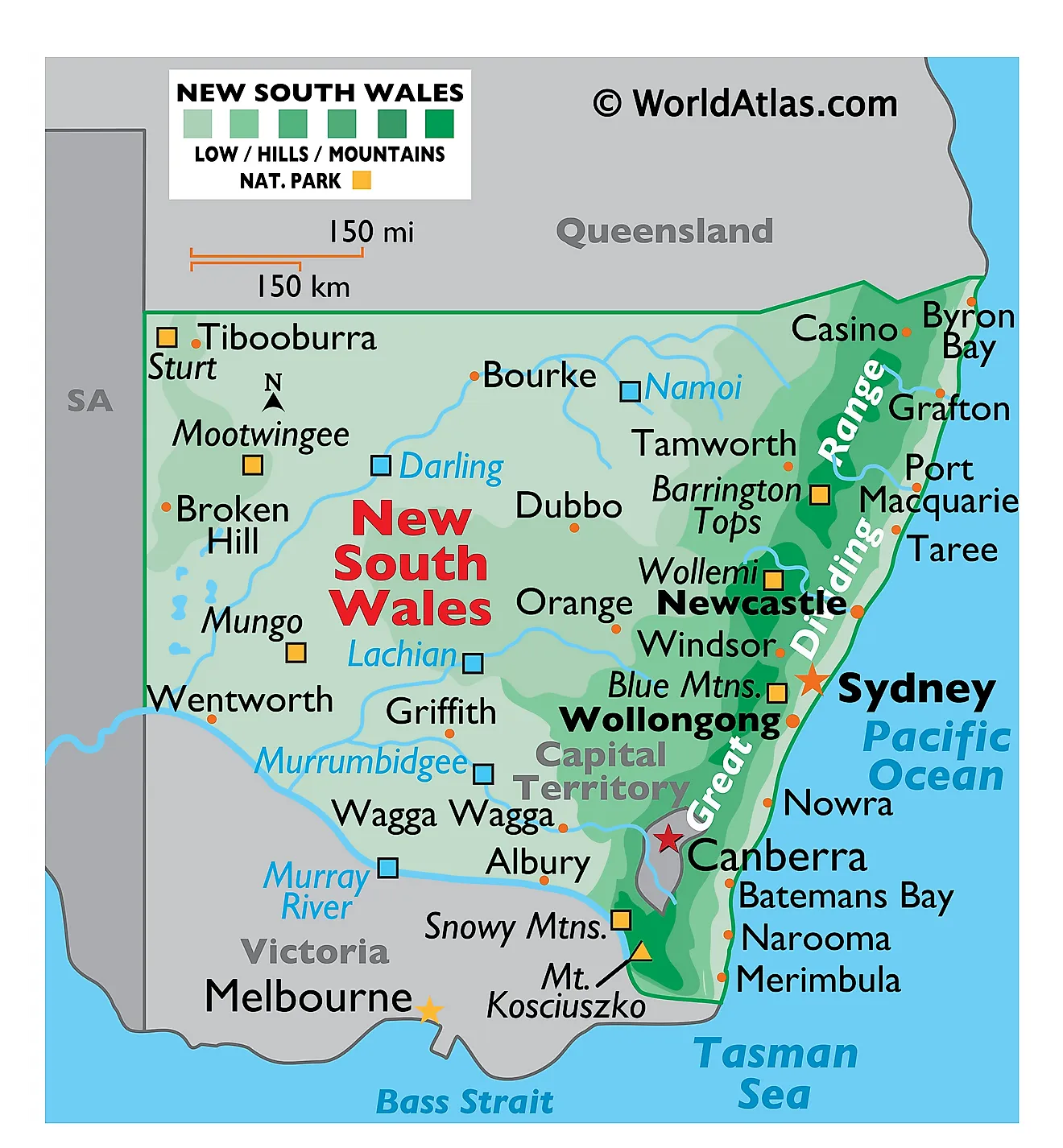
New South Wales, a state in southeastern Australia, shares its borders with Queensland to the north, South Australia to the west, and Victoria to the south. The Pacific Ocean lies to the east, offering a stunning coastline. Occupying an area of approximately 312,528 square miles, New South Wales is the fifth largest state in Australia.
The geography of New South Wales can be divided into several regions, each with unique features and characteristics. In the east, the Coastal Plains stretch along the Pacific Ocean, providing a home to numerous picturesque beaches, fertile soils, and lagoons. The region also includes the Great Dividing Range, a mountainous area that extends from north to south along the eastern coast of Australia. This range features the Australian Alps in the south, where Mount Kosciuszko, the highest peak in Australia, stands at an elevation of 7,310 feet.
West of the Great Dividing Range, the Central Tablelands region showcases vast plateaus, with a mix of agricultural lands and national parks. Known for its cool climate and picturesque landscapes, this region is an important source of fresh produce, wine, and wool. Further west lies the Western Slopes, characterized by undulating hills and valleys that provide fertile ground for various agricultural activities, such as wheat farming, sheep grazing, and horticulture.
The westernmost region of New South Wales, the Western Plains, encompasses a vast expanse of semi-arid land. This region is rich in natural resources such as minerals and coal, and it includes several national parks that protect unique ecosystems and native wildlife.
Numerous rivers and lakes can be found throughout New South Wales, providing essential water resources for agriculture, industry, and domestic use. The most significant river in the state is the Murray River, which forms part of the border between New South Wales and Victoria. This vital waterway supports diverse ecosystems and plays a critical role in the region's agriculture and tourism industries. The Darling River, a major tributary of the Murray River, flows through the Western Plains and is essential for the region's livestock and irrigation needs.
Other important rivers in New South Wales include the Murrumbidgee River, which contributes significantly to the state's agriculture and hydroelectric power generation, and the Hawkesbury-Nepean River system, which supplies water to the Greater Sydney area. The largest natural lake in the state, Lake George, lies in the Southern Tablelands, while the vast Menindee Lakes system in the far west serves as a crucial water storage facility for both New South Wales and neighboring states.
Counties Map
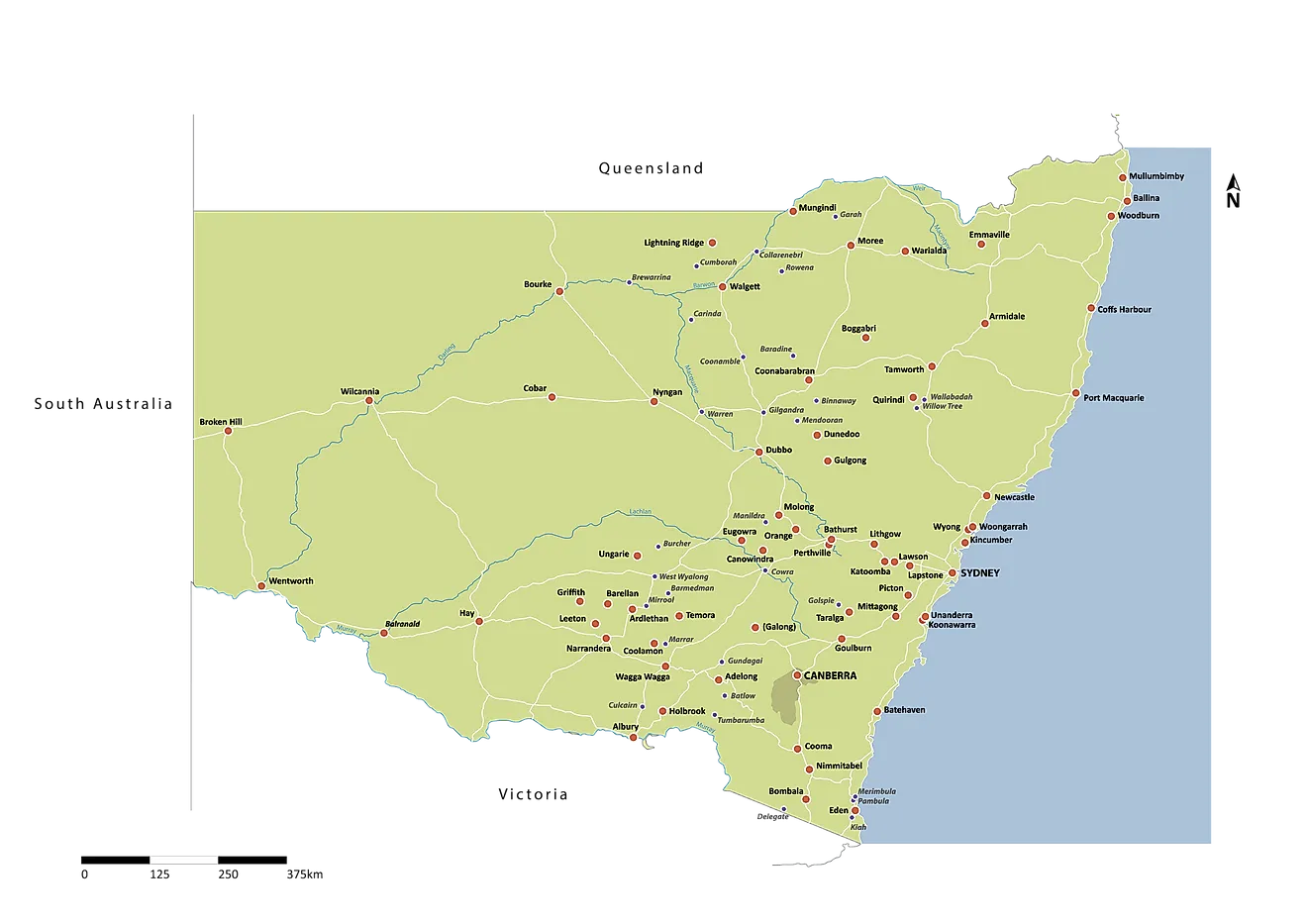
The State of New South Wales is administratively divided into 141 counties. These counties are further subdivided into a total of 7,419 parishes. In addition to this, there are also 128 local government areas in New South Wales. There are two unincorporated areas namely the Unincorporated Far West Region and the Lord Howe Island.
Covering a land area of 801,150 sq. km, New South Wales is the most populous state in Australia. Located on the southeastern coast of Australia is Sydney – the capital and the largest city of New South Wales. It is also the largest and the most populous city in Australia. Due to its strategic location, the magnificent Sydney Harbor serves as one of the major ports in the South Pacific region.
Where is New South Wales?
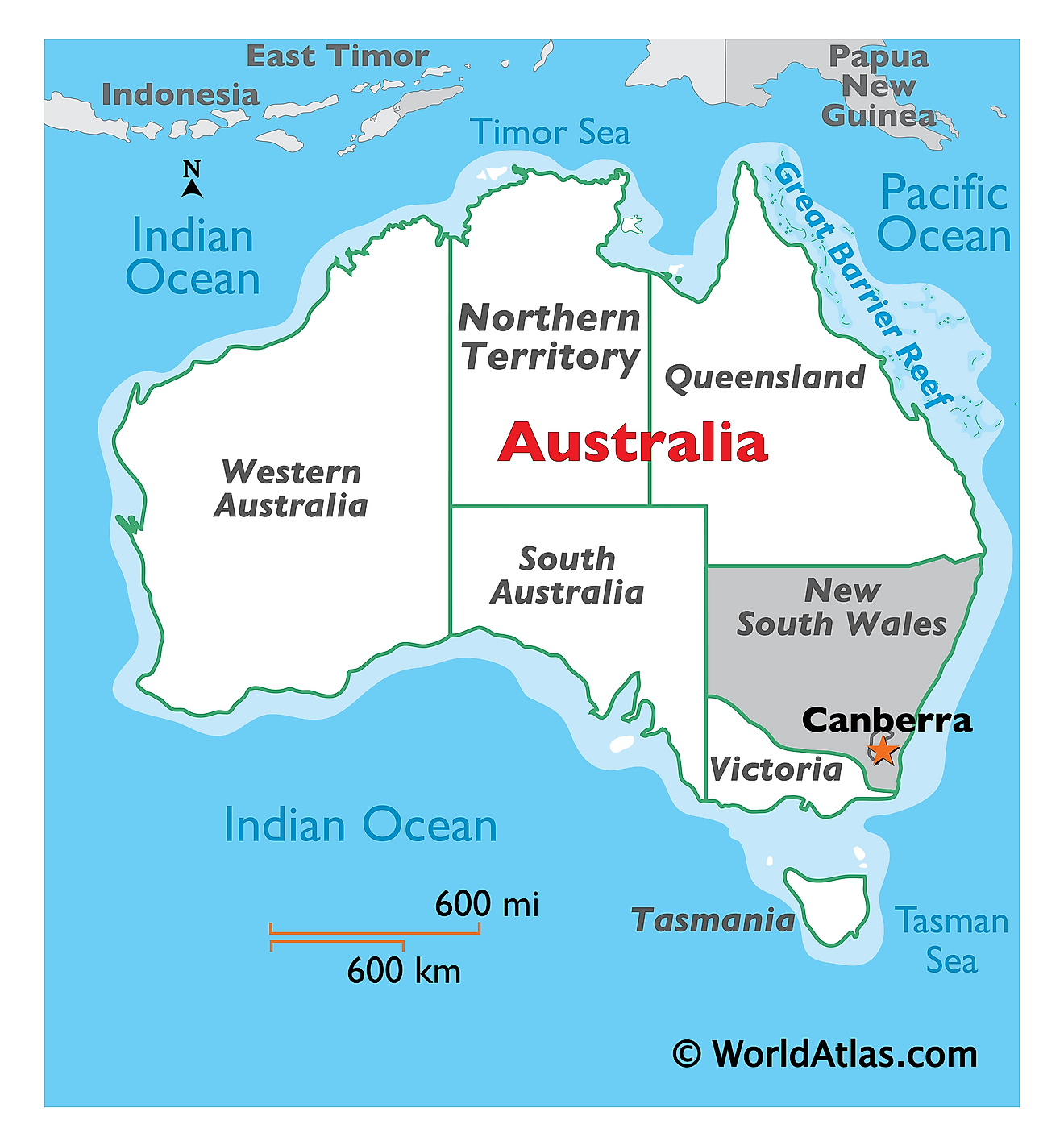
New South Wales is a large state located on the southeastern coast of Australia. It is geographically positioned both in the Southern and Eastern hemispheres of the Earth. New South Wales is bordered by the states of Queensland in the north; South Australia in the west; and Victoria in the south. It is bounded by the Pacific Ocean in the east. The Australian Capital Territory and the Jervis Bay Territory are two separate administered entities that are surrounded by New South Wales.
Regional Maps: Map of Oceania
Outline Map of New South Wales
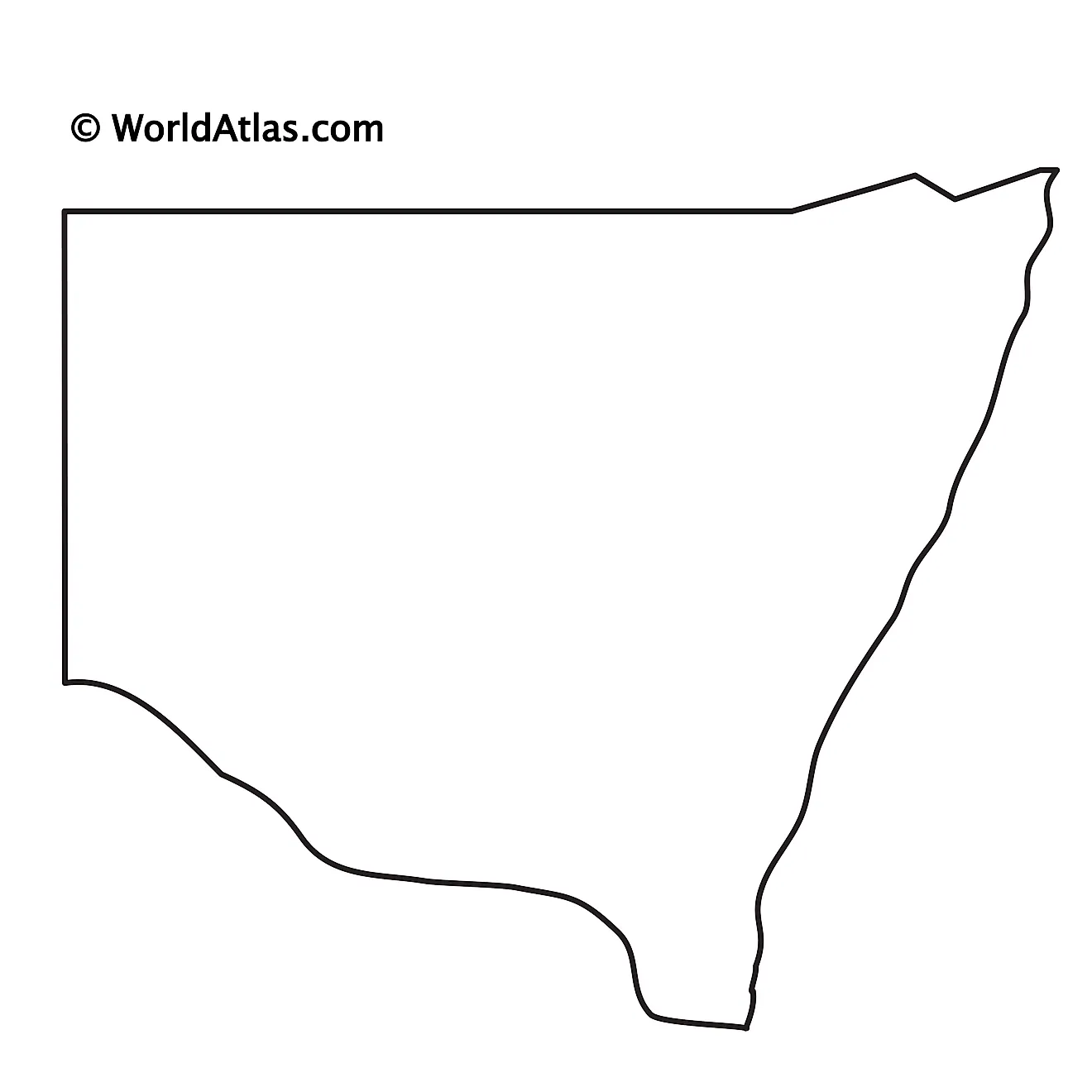
The above blank map represents the State of New South Wales, located on the southeastern coast of Australia. The above map can be downloaded, printed, and used for geography education purposes like map-pointing and coloring activities.
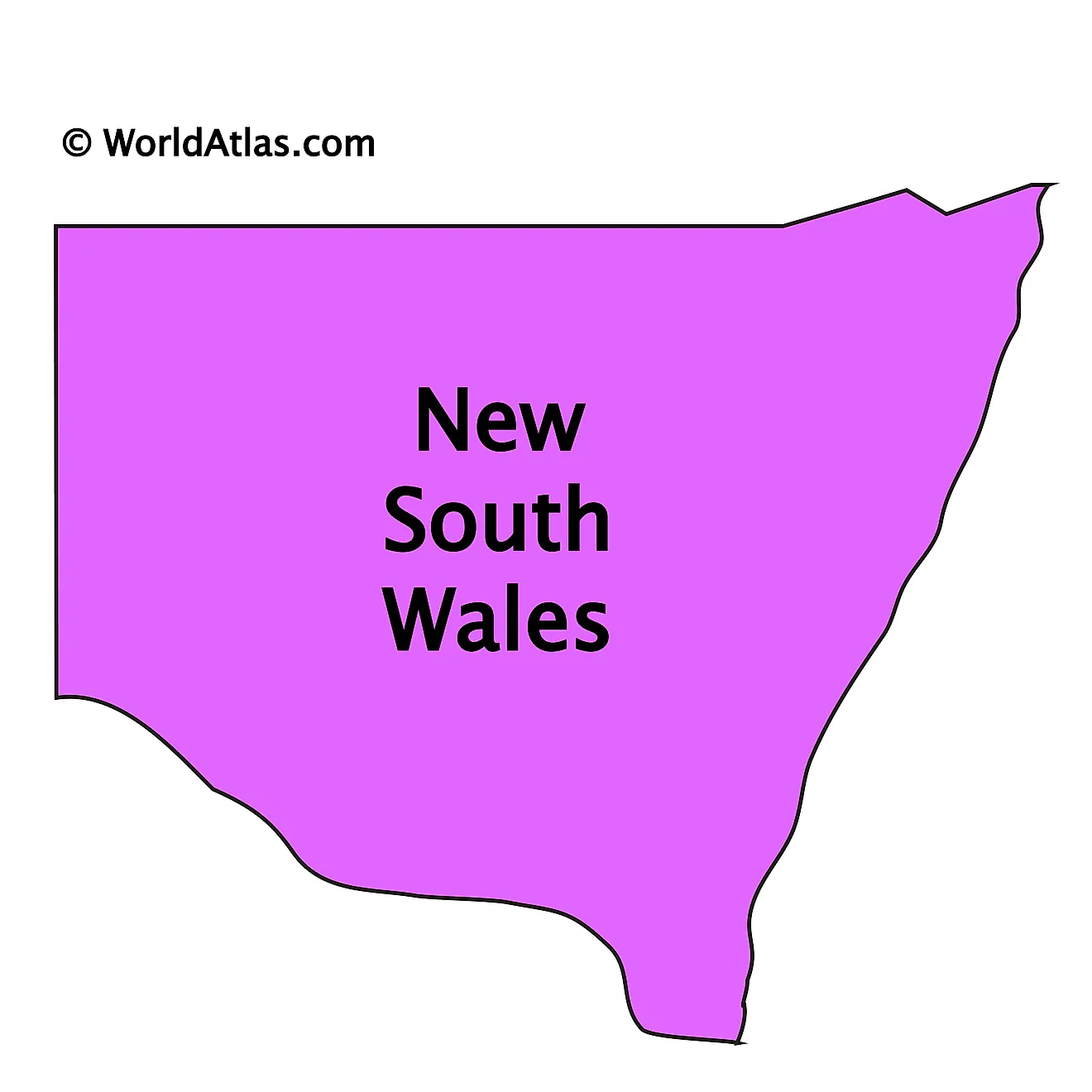
The above outline map represents the State of New South Wales, located on the southeastern coast of Australia. New South Wales has been nicknamed “The Premier State”.
Key Facts
| Legal Name | State of New South Wales |
|---|---|
| ISO 3166 Code | AU-AU_NW |
| Capital City | Sydney |
This page was last updated on April 17, 2023
